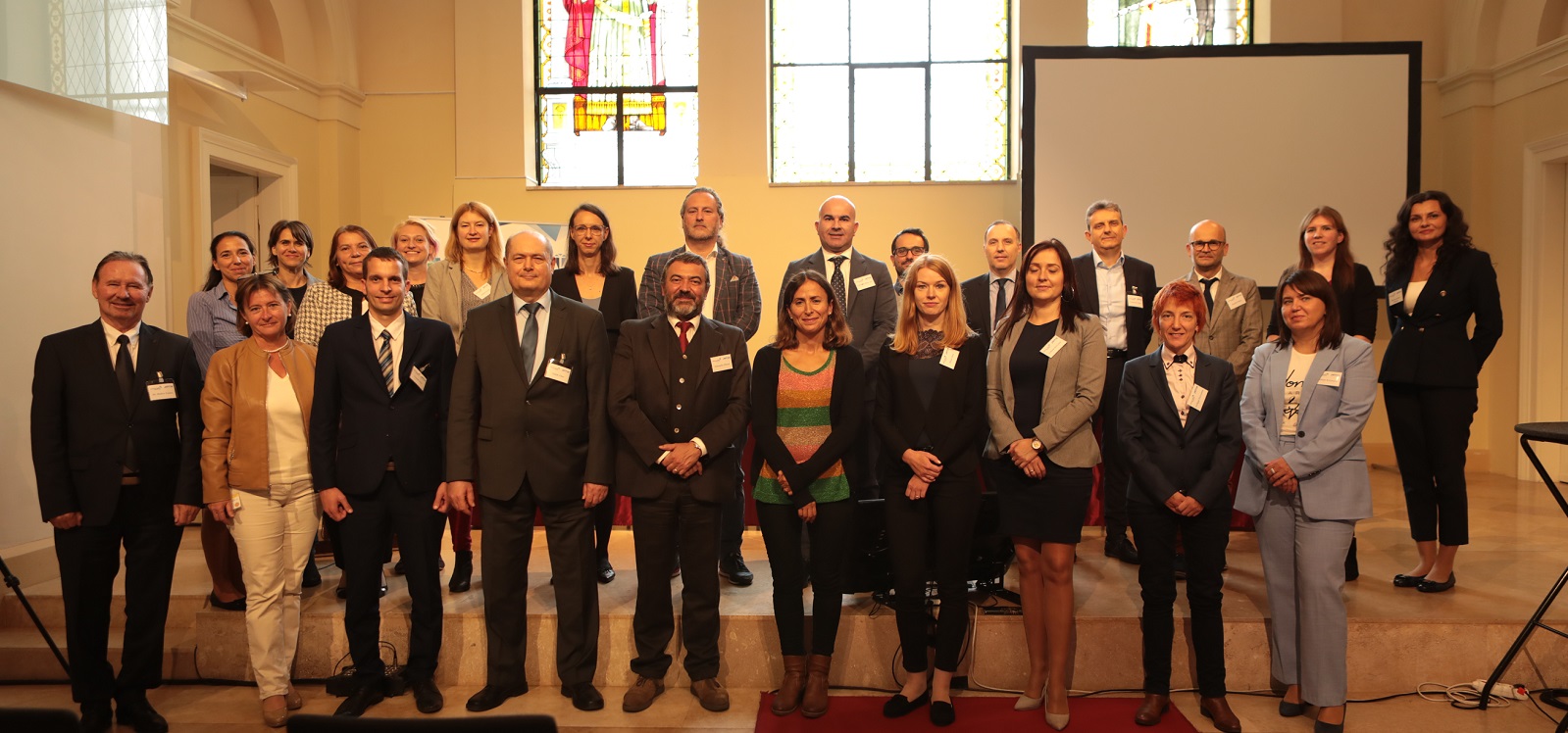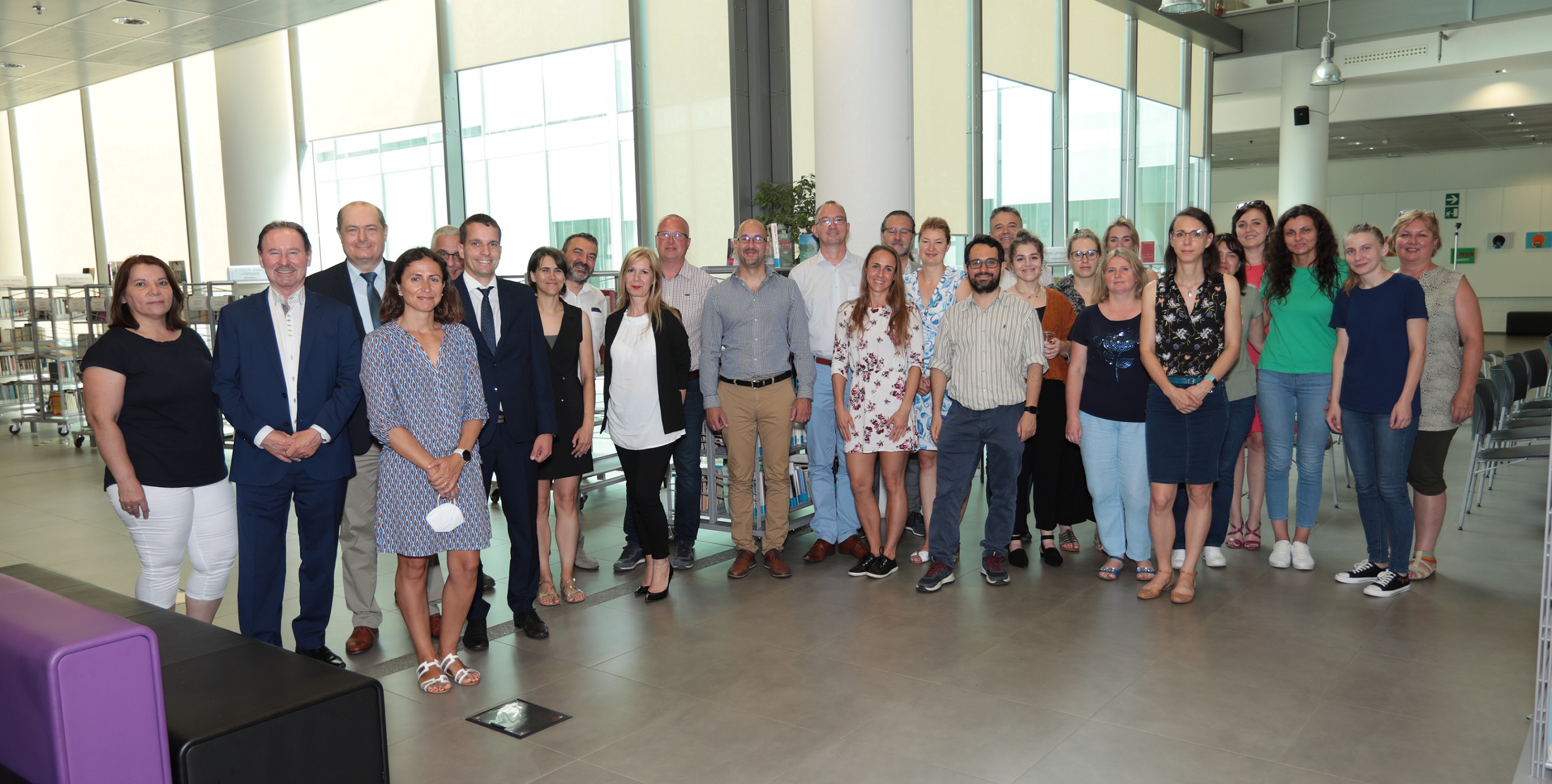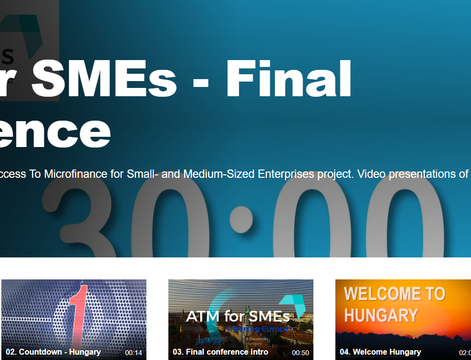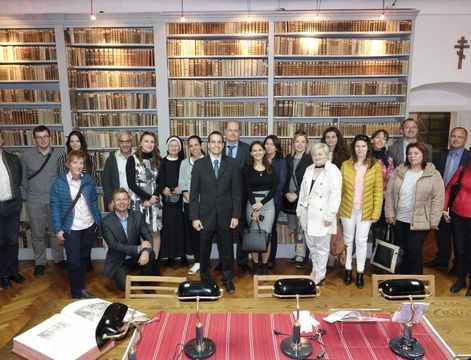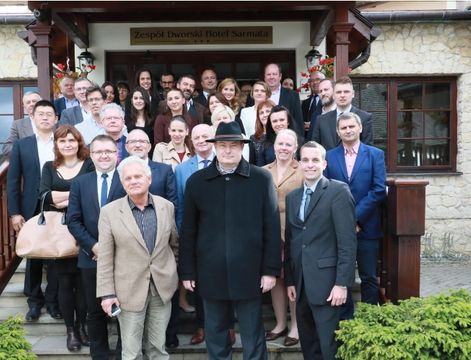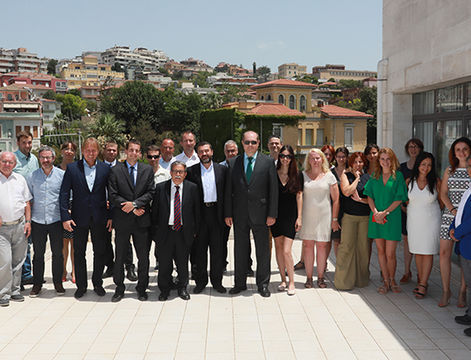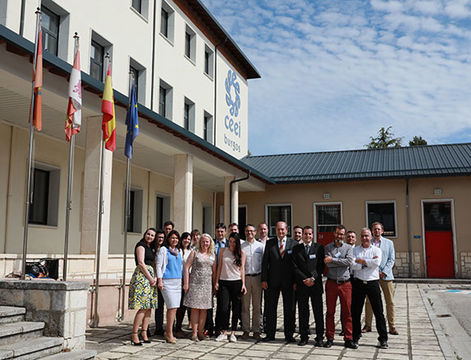The first day the meeting took place in a conference room in Sarmata Complex Centre in Sandomierz, and it started with a welcoming and introduction from the Project manager of the Marshall Office of the Świętokrzyskie Voivodeship Mr. Grzegorz Orawiec Director of Regional Policy Department as well as the Sandomierz Mayor.
After the introduction, different partners made their presentations in order to share their best practices with the rest of the group. In the first part of the day the project partners got knowledge about the regional stakeholders from Świętokrzyskie and their business services. Also that day the ATM for SMEs partners made their presentations in the topic : Microfinance as a tool to local employment.
As part of the program participants visited companies from Świętokrzyskie Region supported by microfinancing.
The second day meeting took place at the Agency of Regional Development Foundation in Starachowice, and it started with a welcome and introduction from Ryszard Nosowicz, Chairman of Agency and Marek Szczepanik – Member of the Board of Świętokrzyskie Voivodeship.
Participants exchanged experiences and knowledge about microfinance issues on an interactice seminar . Where they worked together the following questions:
What to do to make the business or work created by microfinance more sustainable?
Guarantees as collateral for loans or grants - differences, defects and advantages
What is better in the context of job creation? Grant or microloan?
After part of workshops was the Steering Group Meeting and the presentation of European Microfinance Network EMN. Nicola Benetti from EMN summed up the selected good practices that will be used to create a single handbook of good practice project.
Leader of the project showed overview of the third semester, taking into account all the work made until the moment and activities in the 4th semester. There were shown several graphics with the actual results accomplished for each partner according to the task that should be implemented.
The last point was summary about actual and planned spending, with a fast view of the amount of money that each partner has spent and how they have got their financial goals. In this way, there were also introduced the factors and consequences of not reaching the spending targets.


